When money isn't everything
In the US—and the neoliberal world generally—money is everything. But is it?
It was announced recently that the US is now the world’s second strongest military after Russia, despite spending more on “defense” by far than any other country—certainly much more than Russia..
The US just likes to throw cash at things, which benefits big companies, but doesn’t necessarily produce favorable outcomes.
And it isn’t just the defense industry….
The healthcare industry is happy. Especially Big Pharma, which, if it didn’t actually invent COVID, rejoiced when it appeared.
But ordinary people don’t have much reason to rejoice, even before the pandemic.
The curve for cumulative deaths during Covid approximates the curve for Big Pharma’s stock prices.
Go figure.
Investing in Death
Investment advice? Always invest in death.
This is certainly true of the defense industry. It doesn’t matter whether weapons work or not, so long as somebody dies.
The SMO in Ukraine has shown the inadequacy of Western, especially American weapons systems. The Patriot, HIMARS, ATACMS, Bradleys, etc weren’t the miracle weapons they were hyped as. As a result, the Americans are delaying sending the promised F-16s and Abrams to avoid embarrassment.
Doesn’t matter. As long as people keep on dying in the Ukraine, American investors are happy. Too bad that there are fewer and fewer people to die there.
Fortunately, there's always another war. So, the defense industry can keep on manufacturing duds.
For example, the F 35, the most expensive weapons system in history, is also the most expensive boondoggle—but it is still a best seller.
Now –would you buy a car knowing that when you and turn the key, you have a 50% chance of the engine starting? And even if you do get the thing to start, you have 20% chance of engine failure on the way.
How can you fight a war with the weapon with a 50% operability rate? And still, after years of tweaks, any number of system bugs. In addition, it’s what used to be advanced features are now increasingly obsolete.
Looking good
Rich people often buy cars that just look good —but which they never drive. America only wages wars against people who can't fight back. For example, the first use of American stealth aircraft was against Panama, whose Air Force probably consisted of P 51 Mustangs.
American weapons have to look good. They don't have to actually work.
The B-2 bomber, which has the similar problems to the F 35, cost over $1 billion apiece—one of the most obvious being the $150,000 an hour it costs to fly.
The U.S. Air Force had 20, now 19. Hardly enough to make much of a difference in any serious conflict, it did prove effective against Afghans with Lee Enfields.
Aircraft Carriers
Then we have US aircraft carriers! They certainly look good.
However, they cost $2.4 million per day to operate and maintain. Plus alpha.
The four most recent super carriers which serve as huge vulnerable targets for hypersonic missiles cost between 50 and $70 billion. Ummm…plus alpha.
They are kind of like those old battleships in Pearl Harbor, built with a previous war in mind, just waiting to be sunk – which the Japanese were kind enough to do so that they didn’t get in the way of the US war effort in the Pacific. And so that we could build the very newest thing – carriers.
The last war in which the US was successful was the Pacific war. After that, not so much.
Maybe that's why the US likes to look back on World War II? And build more carriers— then a lot of really expensive destroyers and submarines to protect those carriers against missiles, for which there is no defense.
Now if somebody were to sink an entire carrier group, that would be saving the US taxpayer a lot of money – which they could then use for something useful.
Not that aircraft carriers are totally useless per se.
For countries like China, a few aircraft carriers do make sense in terms of projecting force offshore in the South China Sea beyond the reach of or to augment existing airbases.
The Chinese do not envision using their carriers to fight a Pacific War 2.0, which they know would be a systems war, fought using AI, and missiles.
Three or four carriers of modest size and capability are enough for defensive purposes in the South China Sea since they not seeking to project force with offensive capabilities worldwide, far from their borders, as the Americans feel they must do to sustain McDonald's around the world.
Failure becomes success
Since the F 35 and the B-2 were failures, the Americans rolled out more of the same – the B 21—to flag-waving and media applause.
This mentality depends on a perverse version of argumentum ad nauseam. If you repeat the same argument enough times, untruth becomes truth. If you fail at the same thing enough times, failure becomes success. I forget which fallacy that is.
The B21 is a slightly smaller, lighter version of the B-2 and a tad less expensive at about $900 million each. It also has lots of new features which will take years to get the bugs out of—if ever. The operating cost per hour is the same as the B-2. Its present estimated total cost is $203 billion, by 2030, likely considerably more.
Given lack of industrial capacity, and the necessity of debugging the beast, the Air Force should have as many as 20 available by 2030-- which really means 2035.
The US intends 100 by 2040, at a cost of? The military say they need 200 to fight China. You do the math!
Why fight China? Why not just buy China?
Of course, by 2040 the US may not exist. The world can only hope.
Russia taking the lead
Meantime, the Russian military continues to develop-- as number one --and increasing its lead-- with China moving up fast—already ahead in important areas.
In the case of Russia, its industrial base – unlike that of the US – is growing, partly due to the stimulus of the SMO – but largely due to sanctions which have had the effect of re-industrializing the Russian economy, which like Japan at the end of World War II has risen out of the ashes.
Once upon a time, Russia had to import most of the components, nuts and bolts, transistors, materials, equipment, and so on to manufacture anything. Sanctions, however, forced the Russians to do it all themselves.
So nowadays Russian industry is reinventing itself.
Skilled labor is in short supply with workers wanting higher wages-- which they are getting. The SMO has also given the public a lot of power – they are the ones that fight. As a result, polytechnical colleges are booming. And with the need to pay higher wages, Russian industry is automating, phasing out a lot of manual labor-- just as the Japanese did long ago— and graduating ever larger numbers of engineers and scientists –again, as the Japanese used to do—not MBAs or PhD’s in economics to work as baristas in Starbucks as in the US.
With business in Russia on a roll, the Russian government has some clever ways to pay for the changing ecology —taking advantage of sanctions.
Under existing laws that regulate divestment procedures, firms leaving Russia are obligated to sell their assets at a 50% discount. They also need to obtain government permission for the sale and pay a mandatory contribution to the Russian budget, amounting to at least 10% of half the market value of the company’s assets in the country. (RT)
Policies such as this provide huge opportunities for Russian businesses in almost every area-- with greater diversification and efficiencies -- which of course spillover into the defense industry.
In Moscow, in a record 8 months, a plant was built for the Almaz-Antey aerospace defense concern. Almaz-Antey is known as a world leader in the production of air defense systems, in particular, it produces the S-400 and S-500 complexes.
Raytheon’s new plant in Arkansas to build missiles for Israel will take twice as long to build, despite more modest objectives producing less sophisticated weaponry. If recent history is any indication, the plant will not be fully operational for three years or more.
Clever does not mean intelligent
Which brings us back to the B21—which the Americans say will be invulnerable to air defense systems – and which experience tells us will be obsolete by 2040.
In the US everything takes time- and nothing quite works out as it supposed to.
LOL.
In World War II, Royal Air Force ground scanning radar was supposed to protect bombers systems while improving accuracy of bombing: it really did neither. German night fighters homed in on H2S transmissions and shot down hundreds of bombers.
Every clever technology has its weaknesses. And often we outwit ourselves.
Stealth technologies only reduce the possibility of high frequency radar systems detecting and targeting an aircraft: they do not always prevent detection.
The general location of stealth aircraft can be identified using low-frequency radars but those radars are not accurate enough for targeting at a distance. Not now anyway.
But these things don’t mean stealth aircraft cannot be intercepted at all as this F 35 pilot found out over the Baltics.
“He came almost out of nowhere. I was very confused because I did not expect to see it so close.
How did the Russians do that?
In this case nobody knows. Although it is very clear that:
a.) a 4th Gen Su 30 was able to intercept a 5th Gen F 35
b.) it could immediately render it helpless immediately using its electronic warfare systems.
In addition, the Russians have just shown that they can shoot down aircraft at extreme distances—vectoring their missiles, without initial targeting solutions — using the upgraded 48N6E S400 and A-50 AWACS aircraft to shoot down 24 Ukrainian aircraft in five days.
The S 400 missile has active radar homing which it can use in “training” mode when close enough- so it can approach without alerting its targets own radar systems. Like that Sus30, it appears out of nowhere.
Not much is known about the Russian NEBO-M system, which is the S 400’s ground system.
As you can see it's a network system with different modalities. Among other things it can detect very small objects approaching and apparently identify them by speed.
A B21 may have the radar signature of the sparrow, but no sparrow flies at 600 km an hour.
Obviously, NEBO-M can do other things as well. It apparently brews a mean cup of coffee.
Currently, operational stealth flying machines have achieved a high degree of stealth when ground-based Radars are used for tracking because a flying machine presents a side view of a rather small area resulting in a marked reduction in the reflected signal reaching the radar.
However, an AWACS will or should be able to see the same aircraft more successfully. It is entirely because even the best-designed stealth aircraft with a thick coating of RAM presents a ‘flat plate’ perspective to the airborne radar. Hence the reflectivity coefficient increases considerably, enabling the radar to identify the aircraft.
The Russians have been using the A50 AWACS and long-range 48N6E to take out targets flying as low as a thousand meters, without them ever knowing they had been detected. All non-stealth, however. A different scenario than that for B 21s of course.
But
By the time the B 21 is available, it will be faced by much more effective S500 and S550 air defense systems and new generation mobile and portable radar systems.
Both the Russians and the Chinese have been using Syria as a testing ground for new technologies under actual combat conditions. After the Israelis destroyed a Chinese JY-27 radar in 2019, the Chinese came up with an antistealth radar using two antennas so small they look like rooftop clothes racks. They have developed algorithms to process the signals and reduce noise in a distributed system.
Obviously, these radars would be hard to kill since there would be so many of them and wide distribution allows for triangulation in a way not possible before.
As you can see the next war may be one by mathematics – which both the Russians and the Chinese are good at – while the Americans add 2+2 and get five.
It is perhaps ironic that the first American stealth aircraft were created using mathematical models created by a Soviet mathematician, Pyotr Yakovlevich Ufimtsev.
Wine that's not for drinking
"Technology" comes from the Greek word for craft or art. It has no intrinsic value other than that which we assign to it.
Normally we think of technologies as tools. Like shovels or screwdrivers. But in fact the concept is expansive and extends to culture and language as well.
In the US technologies are seen to be valuable to the extent that they cost money and are hard to create. Not to the degree that they are useful or practicable or practical. So assigned value becomes market value. This is true even in art which is why great artists become great usually after they die.
Suppose you had a winery that made wine that was so good, that really wasn’t for drinking. It was for wealthy people to buy, and to trade. And as the years go by, the wine would turn to vinegar. It’s not wine for drinking. It’s wine for making a profit, a capital gain.
Well, you can say the same thing about America’s military arms, as we’re seeing in Ukraine right now — or as President Biden calls it, Iraq. The arms, basically, are there to create a huge profit for Raytheon, and the other companies in the military industrial complex. They’re for buying, and they’re for giving to the Ukrainians, to let Russia blow them up. (Michael Hudson)
Wine that is not for drinking. Military aircraft that are not for fighting. A defense budget that’s not for defense. Democracy that is not for people. That’s America.
Everything has a price. Including your life. It's all about money.
Forensic Analysis
Some writers do yeoman service, detailing recent events in the news. The problem with this is that the news is not truth, nor even factual, most of the time. You're getting rumor, propaganda, and contradiction. So, keeping up with the news doesn't mean understanding what's actually happening.
Events in geopolitics are dead bodies in the living room. Who killed grandpa? Why? Was he actually murdered? How? When?
You don't know much without an autopsy and forensic analysis.
I look for contradictions—clues to what really happened. That means that once I start an article, I need to do a lot of research and often revise many times. I have to be constantly skeptical about my own assumptions and conclusions. So an article can take more than a week to write, with 15 to 20 rewrites – which unfortunately lead to a lot of typos (sorry).
And sometimes the articles are longer than intended. If I could write shorter articles, faster I could generate more coffees which are my only source of income.
That's a strategy that a lot of well-known bloggers adopt— finding a newsworthy event, speech or something like that, quoting it, and writing a short commentary pointing out the idiocy.
Autistic people, like me, however, cannot resist connecting the dots--so we naturally go beyond that event or speech or whatever to other things.
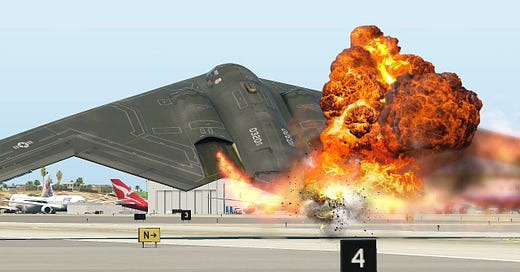


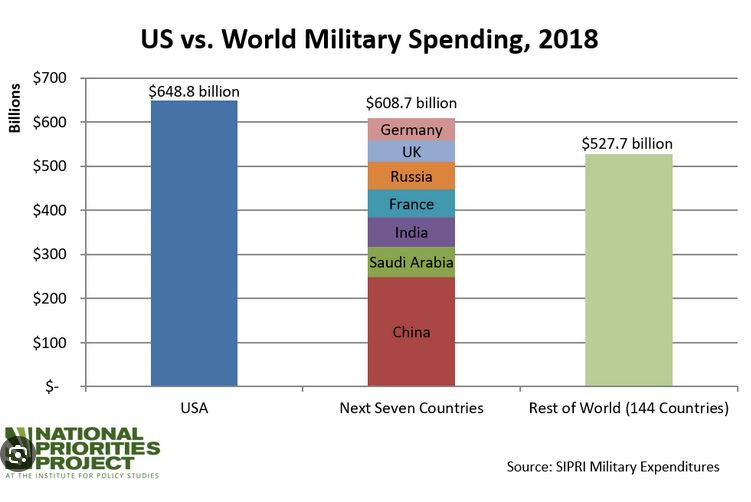

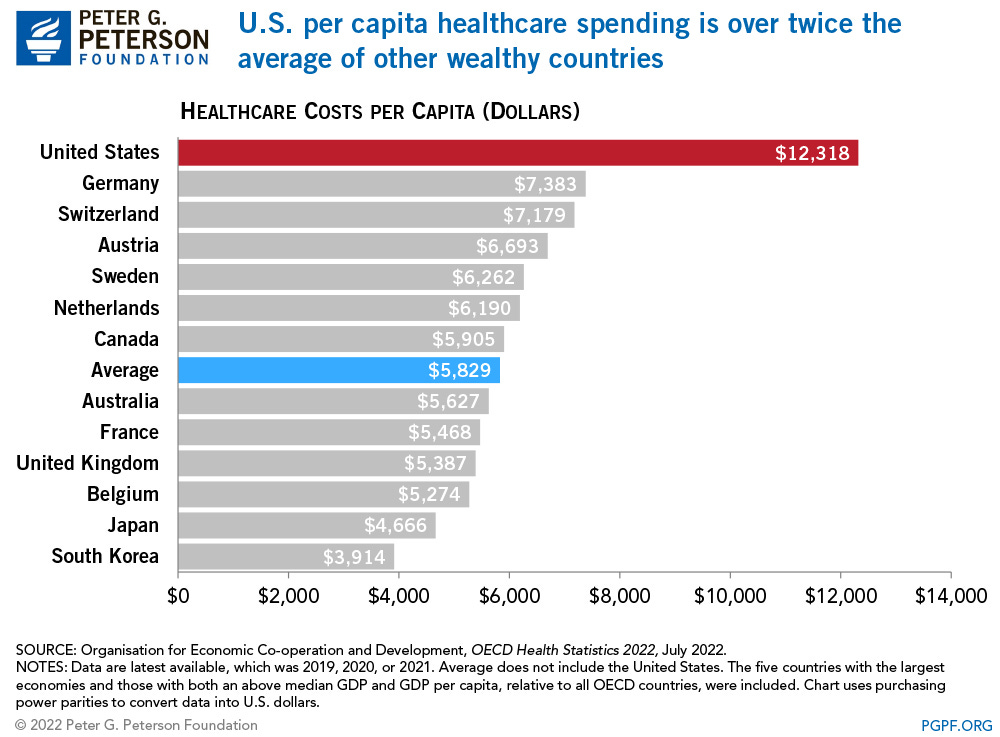



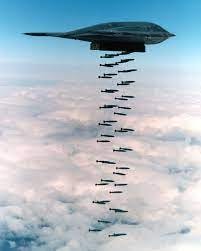
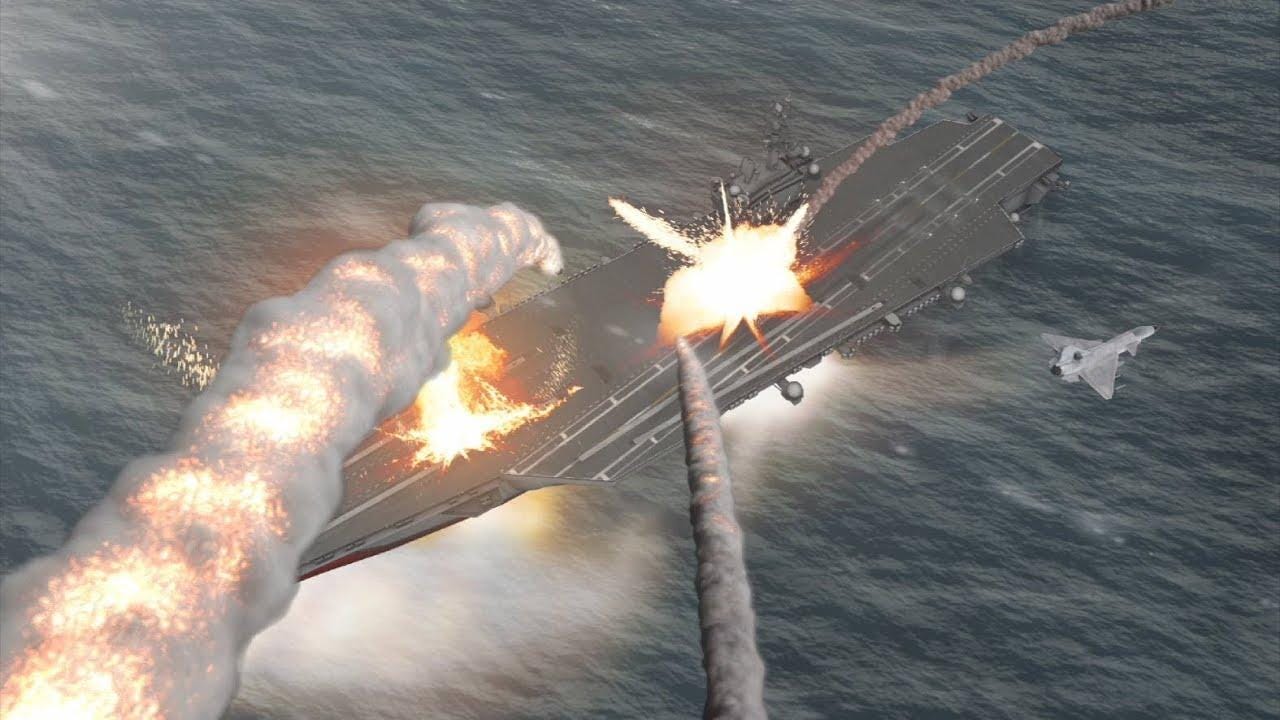
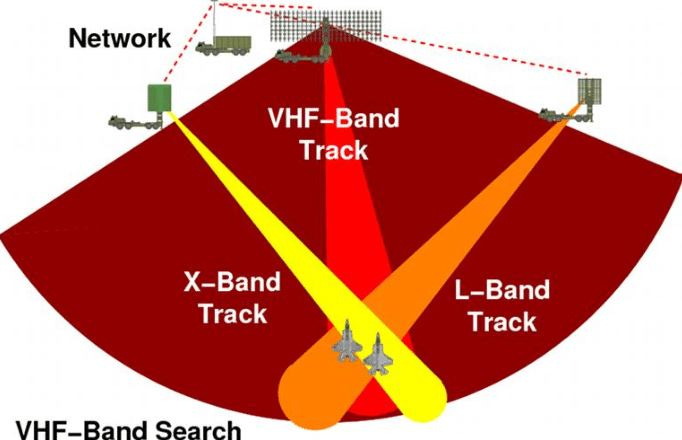
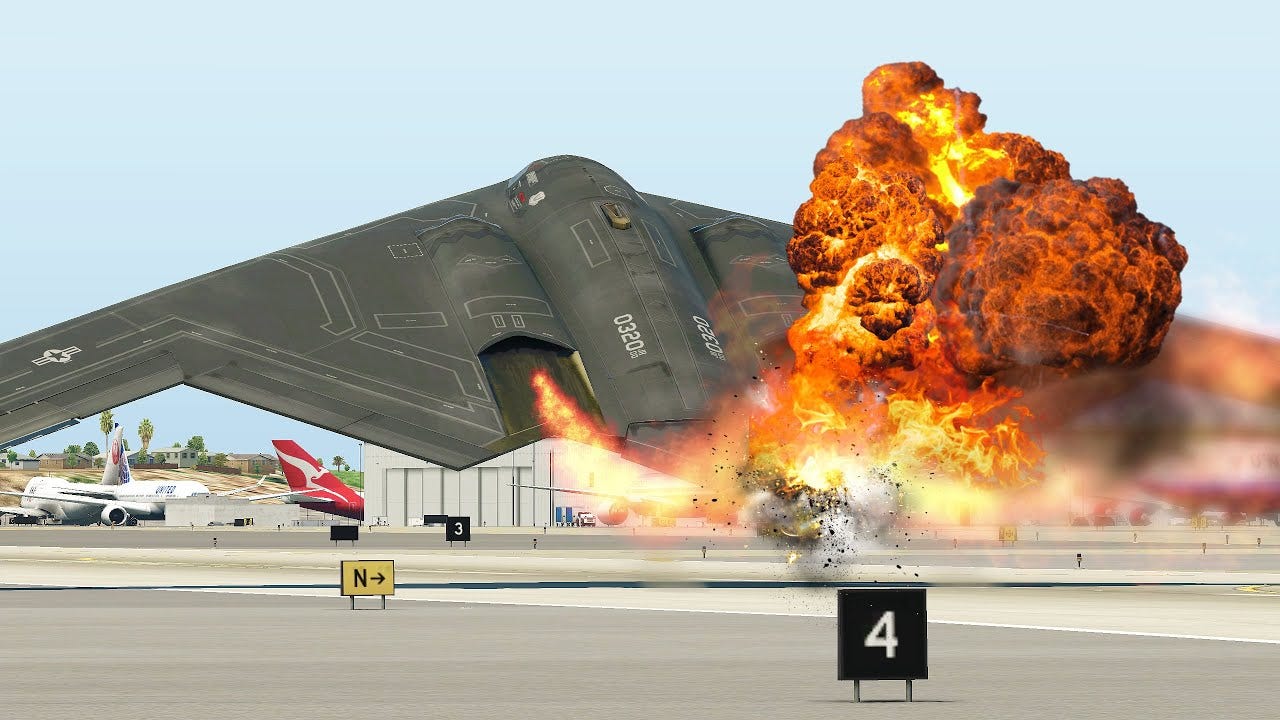

Thanks for the article and the time. Dead on.
Small note, your hyperlink says "Henry Hudson" instead of Michael Hudson
Indeed you connect the dots and for that your loyal readers are grateful. I never liked Twitter as I saw even the best reporters in trying to cram cleverness into a few short bits go wildly astray from proper context. I'll grant that anything that exceeds three sentences is beyond most American's (and I have to assume UK/EU audiences as well) willingness to even bother with. Though they have all the time in the world for a tell-all books on their least favorite persons or other mindless endeavors.
This is really a fantastic piece from start to finish. It IS the American economy exposed in simple, clear form. When we have to compete for the American consumer dollar, it is harder to sell a pig in a poke. There are reliable TV's, appliances, heat pumps, cars and such that continue to innovate and improve. Not because they come from American manufacturing bases, but because global markets and honest competition drive the innovation. Hospitals, pharma, the MIC--none of these need bother with outcomes based investment. They are the monopolies thriving on corporate welfare of the worst kind. They can soak the taxpayer, and so they do.